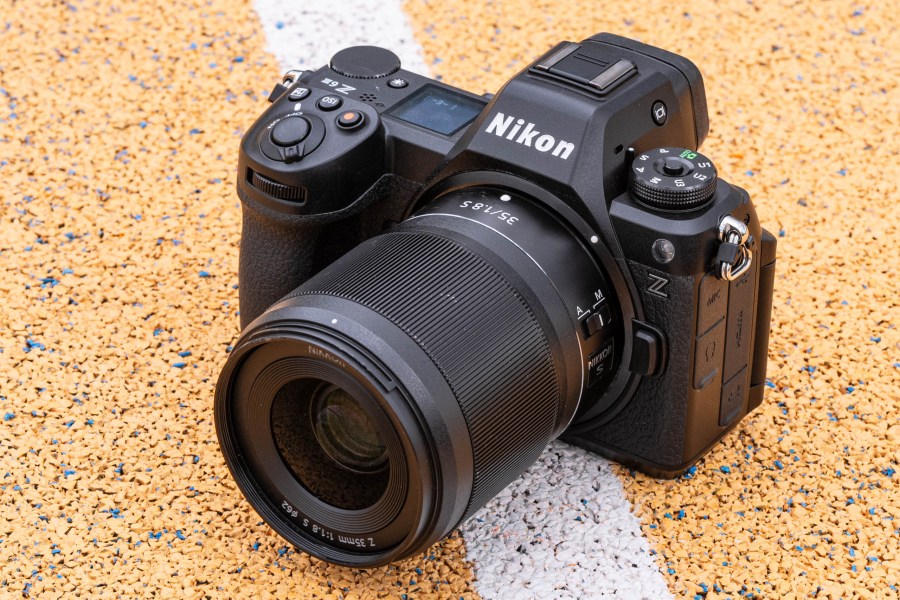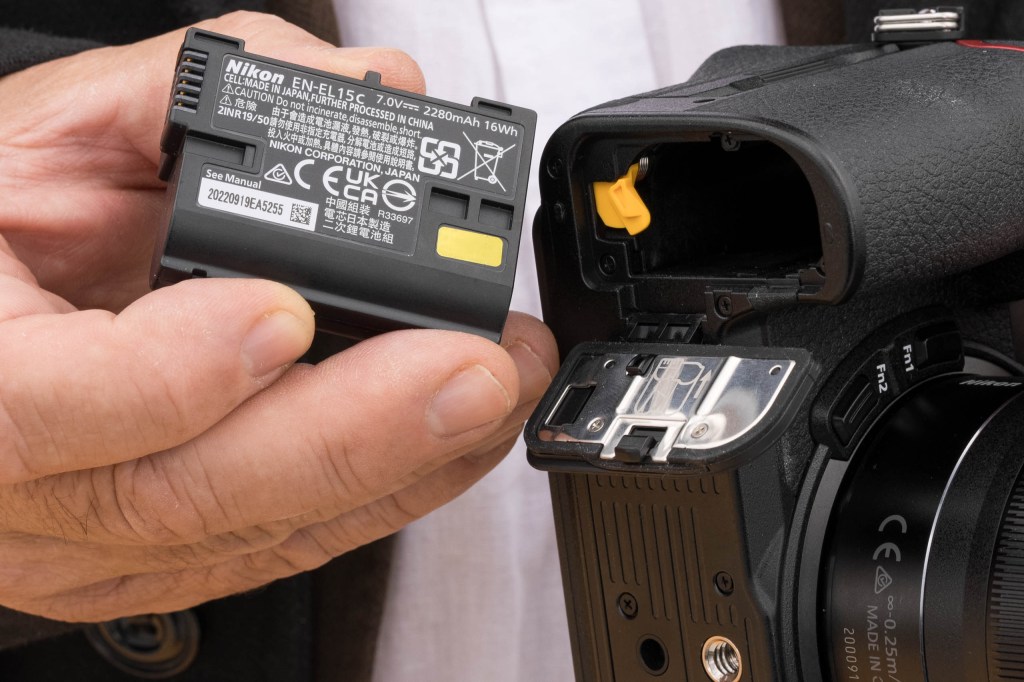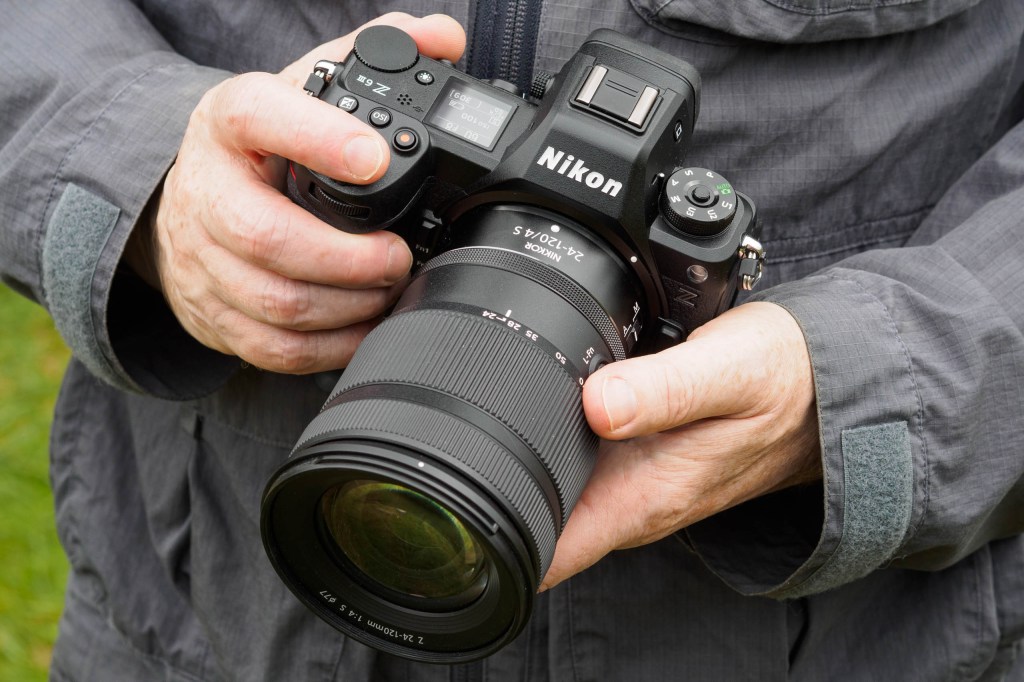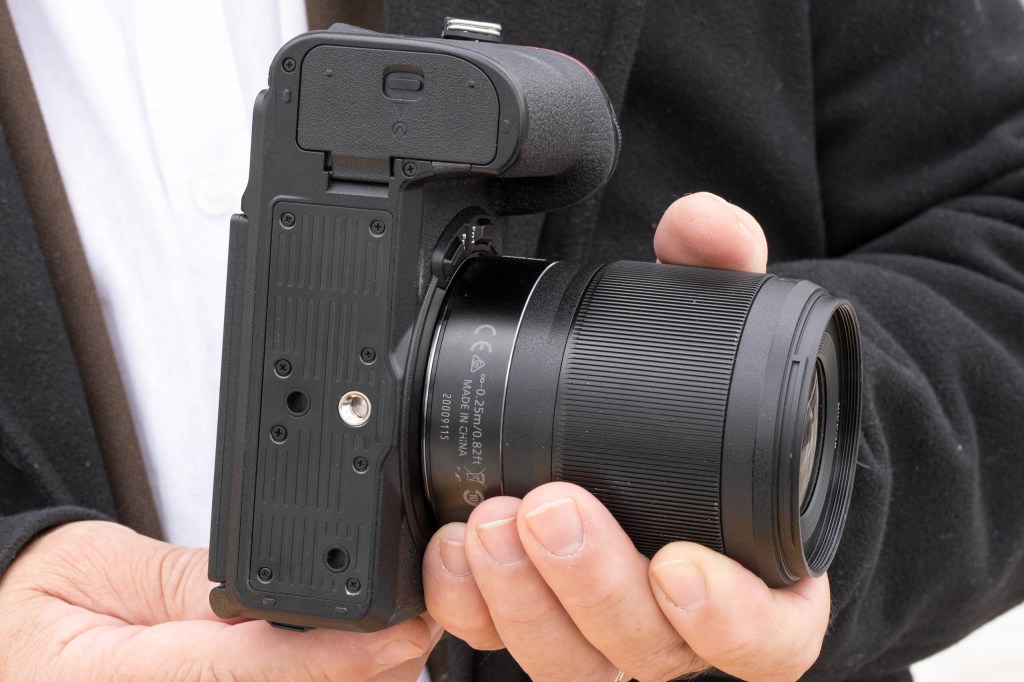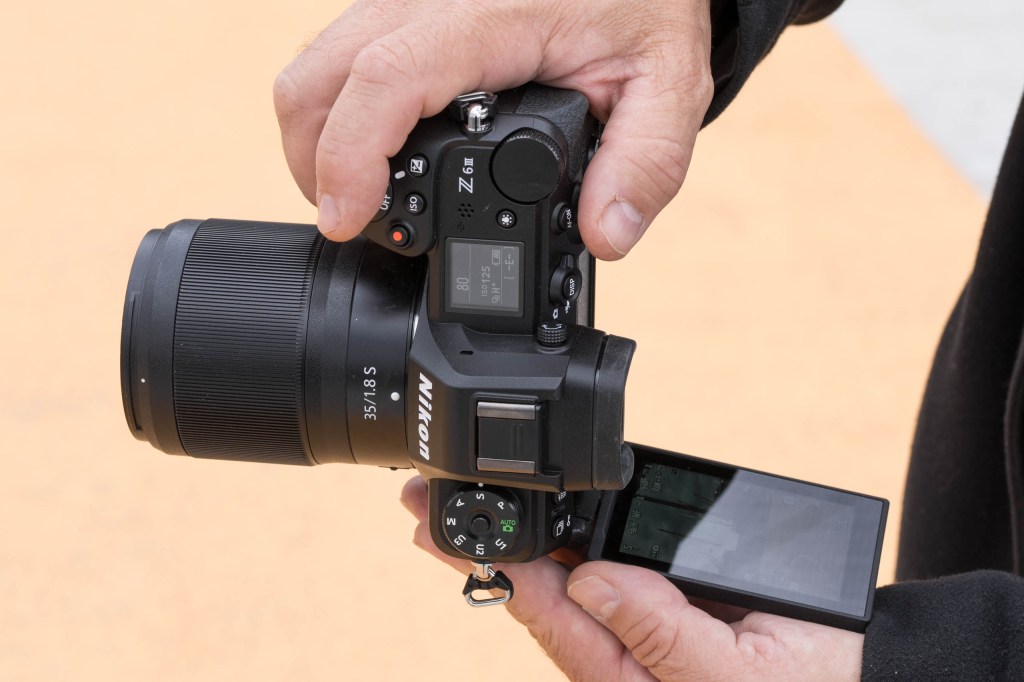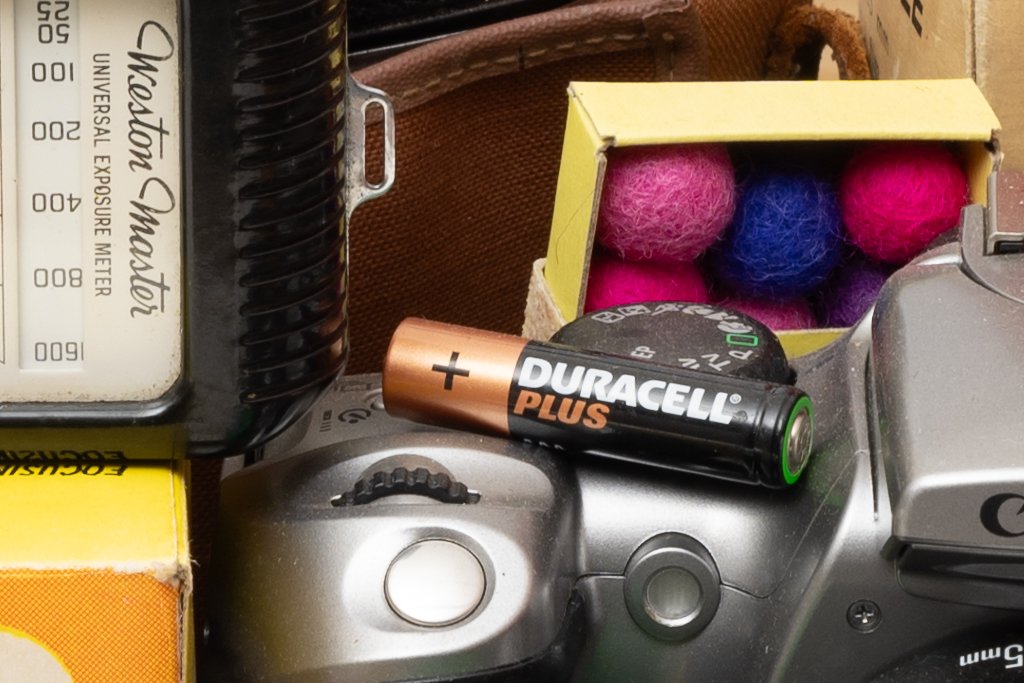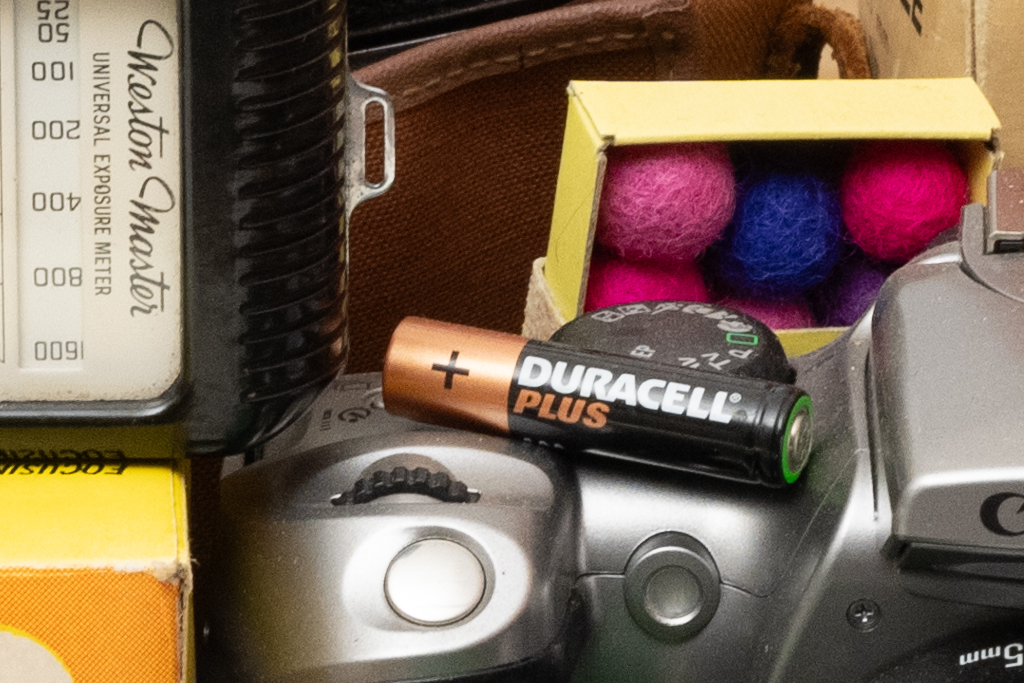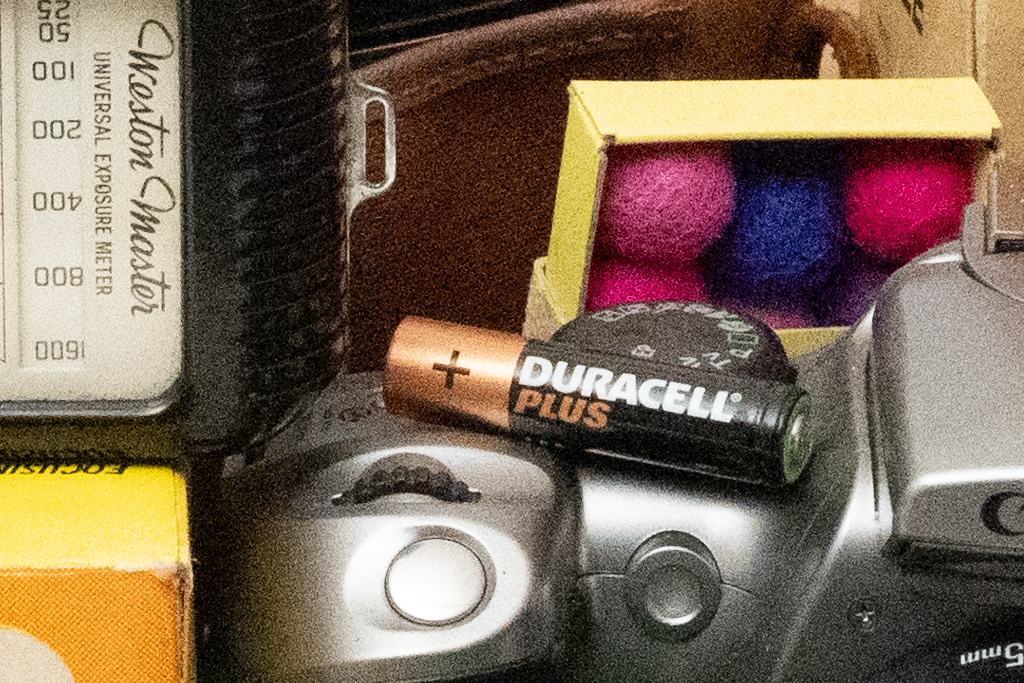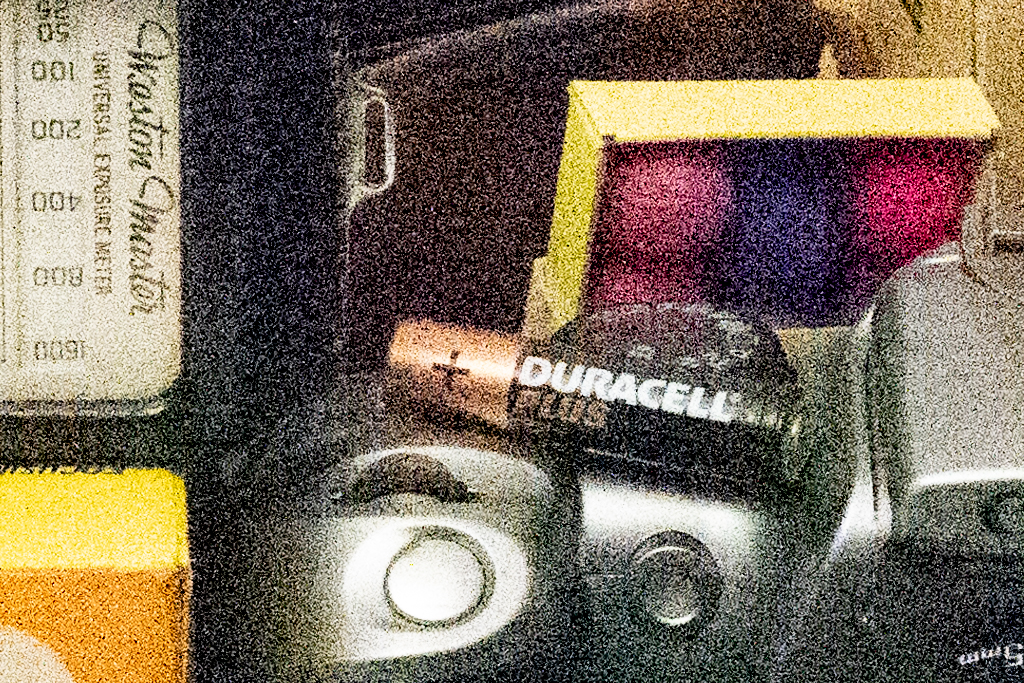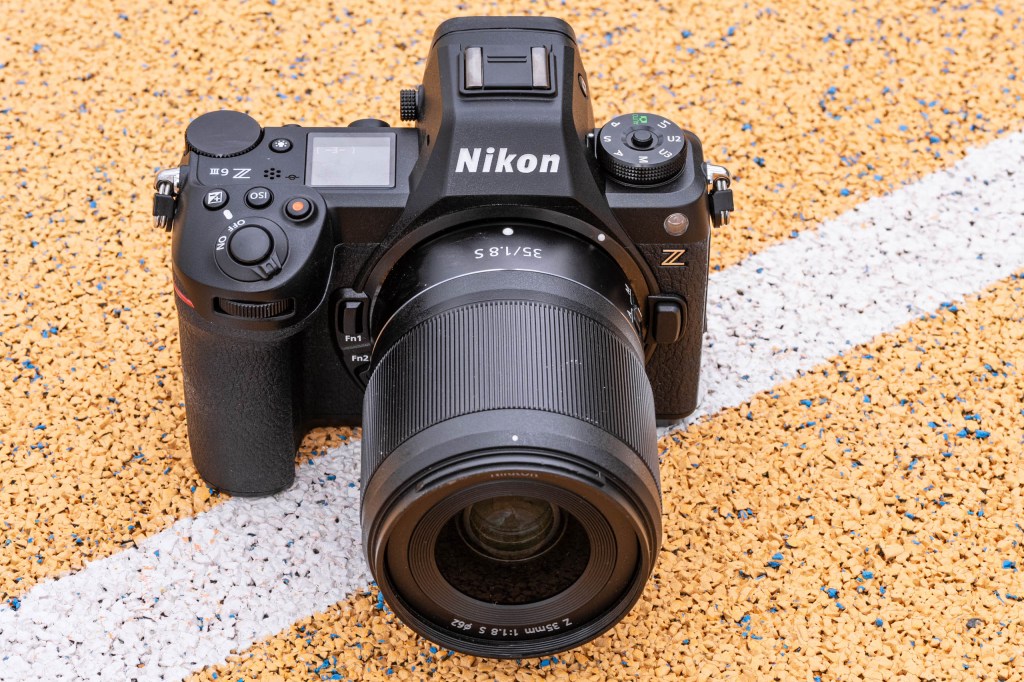Amateur Photographer verdict
With a whole host of improvements over its predecessor, the Nikon Z6III matches or surpasses any other camera in its class. Highlights include a fabulous new viewfinder and superb autofocus system.- Superb viewfinder and fully articulated screen
- Much improved autofocus compared to previous generations
- Super-fast continuous shooting performance
- Solid build quality and refined control layout
- Certain aspects of the user interface are starting to look dated
- Big price leap over Z6II
- Only charges from USB-C PD supplies
- Fractional step back in dynamic range compared to Z6II
The Nikon Z6III is a 24MP full-frame mirrorless camera designed for serious enthusiast and semi-professional photographers. It uses a brand-new ‘partially stacked’ sensor, which provides rapid readout speeds that support excellent autofocus and fast shooting. It’s one of the best Nikon mirrorless cameras yet, providing many of the capabilities of the pro-spec Nikon Z8 in a smaller and more affordable package.
Nikon Z6III at a glance:
- $2,199 / £2,199 body only
- $2,599 / £2,699 with 24-70mm f/4 lens
- 24.5 MP partially-stacked full-frame CMOS sensor
- ISO 100-64,000 (standard)
- Up to 20fps shooting
- 6K 60fps raw video recording
- 8-stop in-body stabilisation
- 5.76m-dot electronic viewfinder
- 3.2in, 2.1m-dot fully articulated screen
When Nikon made its first full-frame mirrorless models in 2018, the 24.5MP Nikon Z6 and the 45.7MP Nikon Z7, they matched or equalled anything else on the market. But when the updated Nikon Z6II and Nikon Z7II appeared in 2020, they dropped slightly behind the pace, particularly with regard to autofocus. In 2023, the retro-styled 24MP Nikon Zf appeared to take on the Z6 line’s mantle, at least in part, with some technologies borrowed from the flagship Nikon Z8 and Nikon Z9. Now, though, we have a true update, in the shape of the Nikon Z6III.
At first glance, it might be easy to think that not a huge amount has changed. Again we get a 24.5MP sensor in a very similar, if cosmetically refreshed, body design. But in fact, the Z6III comes with exciting new sensor technology, a sensational viewfinder, and almost the same autofocus system as the Z8 and Z9, thanks to its Expeed 7 processor. It’s no great spoiler to reveal that it’s a very impressive camera indeed.
Costing $2500 / £2699 body only, or $3100 / £3249 with the Nikkor S 24-70mm f/4 lens, the Z6III comes with a hefty premium over its predecessor, of around $1000 / £1000. There’s strong competition in this sector of the market, from the likes of the Canon EOS R6 Mark II, Panasonic Lumix S5II, and Sony Alpha A7 IV, with the latter two being rather cheaper, too. But does the Z6III’s new tech see it leapfrog these models to the top of its class?
Nikon Z6III: Features
Let’s take a closer look at the Z6III’s key features and new technologies. Firstly, the sensor employs a new architecture that Nikon describes as ‘partially stacked’. This means that additional processing circuitry is bonded directly to the top and bottom of the chip. In principle, this should bring many of the benefits of a stacked sensor, as seen in the Z8 and Z9, but at a considerably lower cost.
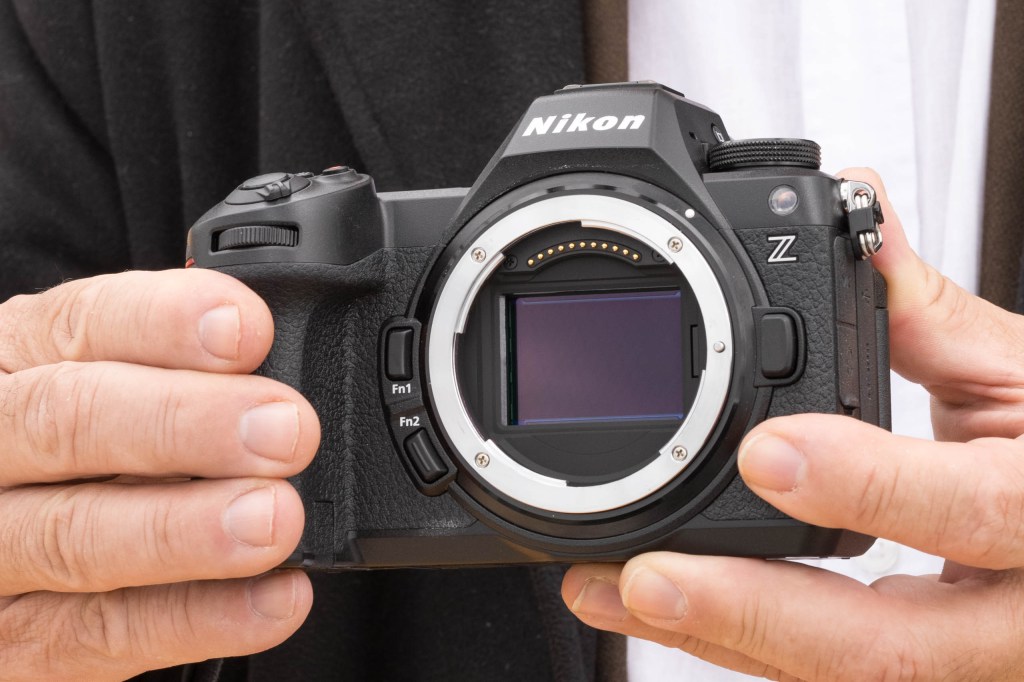
The new sensor design doesn’t bring any change in the ISO sensitivity range, which remains at ISO 100-64,000 as standard, extendable to ISO 50-204,800. However, Nikon claims that the sensor readout is the fastest in its class, being 3.5x faster than the Z6II. The most obvious benefits should be faster, more responsive focusing, reduced rolling shutter distortion with the electronic shutter, and a more fluid viewfinder experience.
On the subject of the viewfinder, it’s higher resolution than the Z6II’s, at 5.76m-dots. It’s also extremely bright, at 4000 nits, and the colour gamut is unusually large too, encompassing the DCI-P3 colour space. Below it, you now get a fully articulated (rather than tilt-only) screen.

Nikon has also significantly improved the Z6III’s autofocus capability, not only compared to its predecessor, but also the Zf. Its subject recognition system recognises people, animals, vehicles, and planes, with the ability to select automatically between different types. Eye-detection and tracking is also onboard.
Autofocus is specified to work in staggeringly low light of -10EV, while for the first time in the Z6 line, you also get Nikon’s 3D-tracking technology for shooting moving subjects.
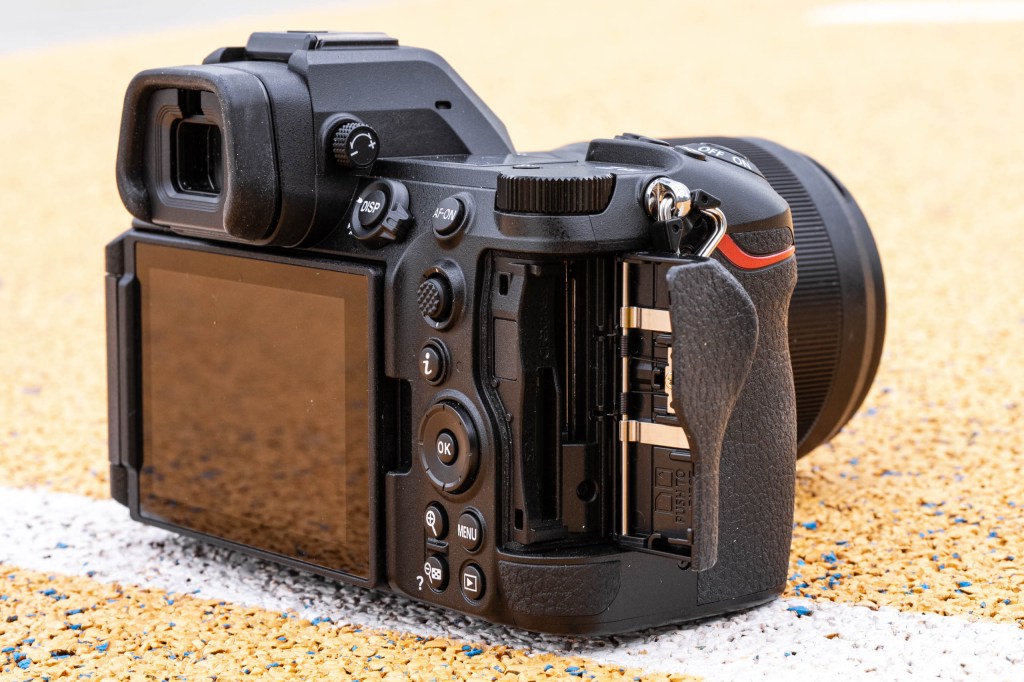
That partially stacked sensor also brings a significant boost to the camera’s continuous shooting speed. You can shoot still images at 14 frames per second using the mechanical shutter, and 20fps with the electronic shutter, in full resolution raw and with AF tracking.
Switch to recording JPEG files, and this increases to 60fps at 12MP resolution, or 120fps at 10MP with a 1.5x (DX) crop. Pre-capture is also included, which allows a second’s worth of images to be continuously buffered when the shutter button is half-pressed, and then recorded when it’s fully pressed.
Perhaps the biggest updates come with regards to video recording. Impressively, the Z6III boasts internal 12-bit RAW video recording at 60fps, in either 6K or 4K resolution from the full sensor width. It can also record slow-motion footage in Full HD at 240fps, complete with audio.
There’s a good choice of codecs, including Nikon’s N-RAW format, Apple ProRes RAW and ProRes 422HQ, alongside the more usual H.265 and H.264. You get a full-size HDMI port for output to an external recorder, and the option to switch the 3.5mm mic socket to recording Line-level audio.

As usual, Wi-Fi and Bluetooth are built in for smartphone connectivity via the free SnapBridge app. This gives a choice of two remote release modes, with the simpler Bluetooth option including support for intervalometer, time-lapse video, and focus-bracketing modes. Switch to Wi-Fi and you get comprehensive control over camera settings with a live view feed. Naturally, you can also copy images to your phone for sharing, including the option to transfer every single image you shoot automatically.
Nikon Imaging Cloud
The Z6III debuts a new cloud-based file-storage service, called Nikon Imaging Cloud. This is designed to provide unlimited free temporary backup for camera files, for up to 30 days. A dedicated menu is used to configure the camera, while your preferences can be set and your files accessed from any kind of device, via a straightforward web interface.

When the camera is connected to a Wi-Fi network, the files on its memory cards can be pushed to the cloud either automatically or by manual selection in the playback menu. These files can then either be downloaded via a web-based interface, or automatically transferred to other services such as DropBox, Google Drive, or Adobe Creative Cloud.
Imaging Cloud enables direct update of the camera’s firmware, without having to use either a computer or smartphone app. But this does require the camera to be connected to both a Wi-Fi network and a USB-C power supply at a user-specified time. There are also free ‘imaging recipes’ produced by Nikon Creators available to download, including custom picture controls.
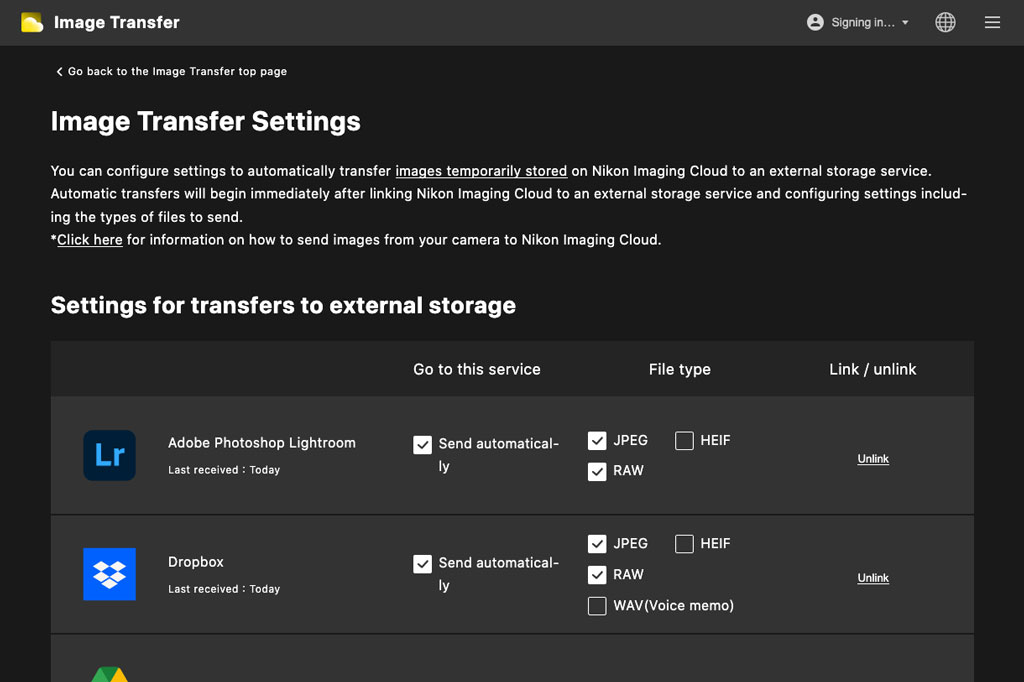
In my experience, Nikon Imaging Cloud was reasonably straightforward to set up and worked pretty much as advertised, insofar as it goes. However, Nikon’s first-generation implementation does have some drawbacks.
Firstly, it’s mutually incompatible with using a smartphone connection. So if you want to use your camera with SnapBridge when you’re out and about, it gets switched off. You’ll have to remember to turn it on again when you get home to upload files (which in turn disables the SnapBridge connection).
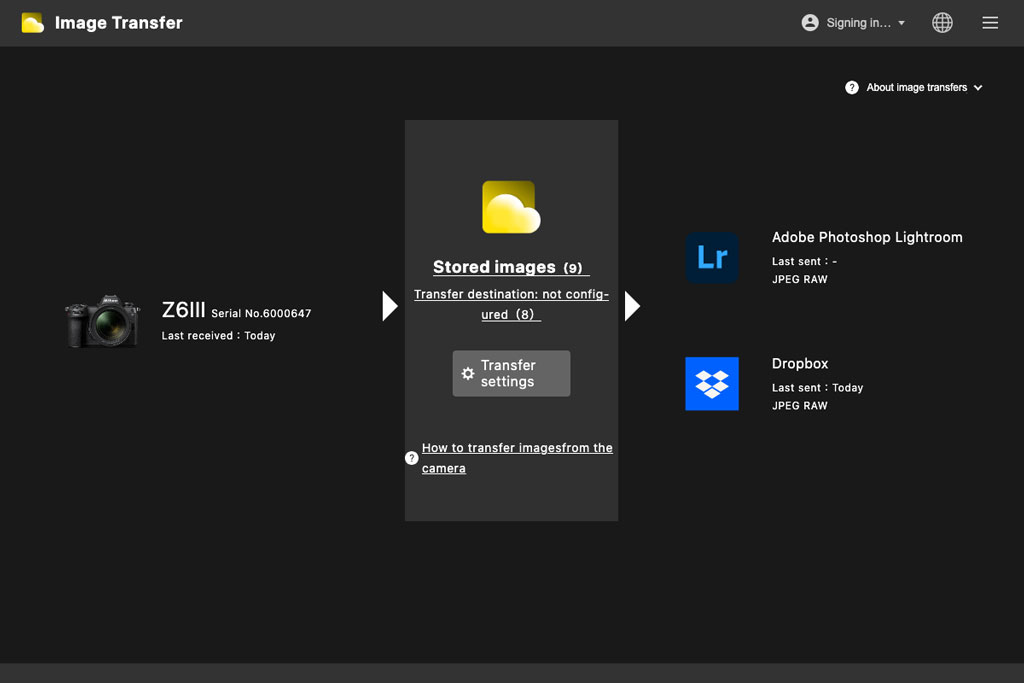
Secondly, you can only connect the camera to a network using a simple SSID and password. This is fine when you’re at home, but if a network requires additional validation, such as a room number or surname at a hotel, there’s no obvious way you’ll be able to enter this and connect. This could seriously limit Nikon Imaging Cloud’s usefulness when travelling.
Nikon Z6III: Key features
- Autofocus: The Z 6III gains almost the same subject-recognition autofocus system as the flagship Z 8 and Z 9
- Viewfinder: The new EVF is stunning: super-bright at 4000 nits, and with a wide DCI-P3 colour gamut
- Colour controls: Flexible Picture Controls allow users to define custom colour profiles using NX Studio, and upload them to the camera
- File storage: Like the Z6II, there are two card slots, one for CFexpress Type B or XQD, the other for UHS-II SD
- Power: Nikon has again employed its familiar EN-EL15 type battery, as used by many previous full-frame Z models and DSLRs. Here it’s of the ‘c’ generation and rated for 380 shots per charge.
- USB charge: The battery is charged via the USB-C port, but this requires a USB-C PD supply. USB-A chargers and powerbanks won’t work
- Connectors: On the side you’ll find microphone/line in, headphone, USB-C, full-size HDMI, and remote release sockets
- Vertical grip: The MB-N14 grip (£349) provides duplicate controls for portrait-format shooting, including a shutter button, dials, and AF-area joystick. It accepts two EN-EL14 batteries, with one being hot-swappable video recording, and can charge both of them via its built-in USB-C port.
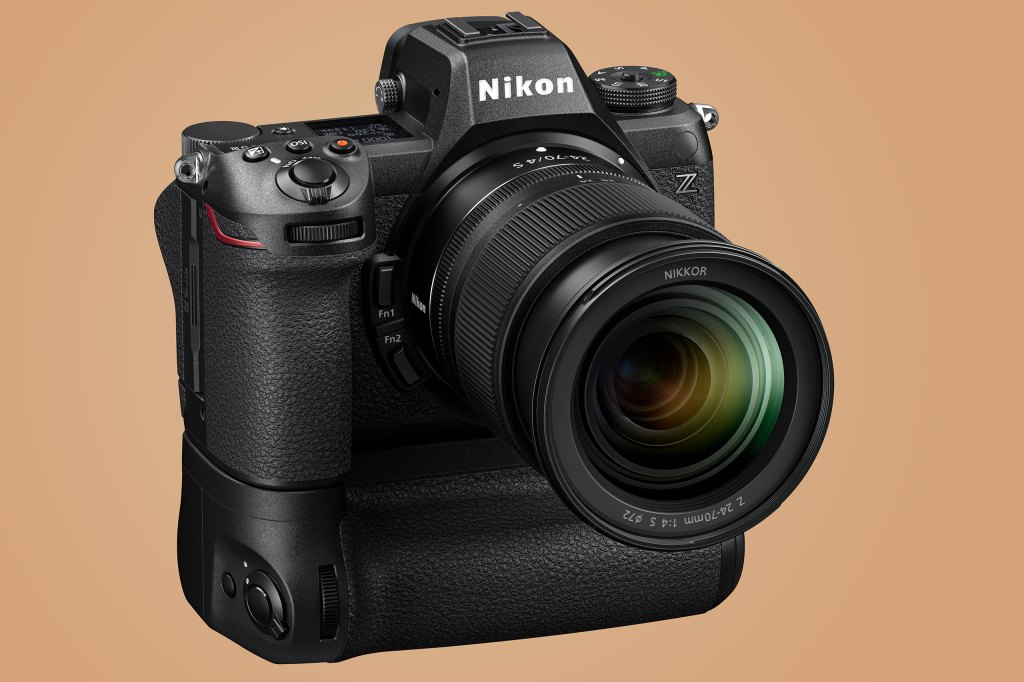
Nikon Z6III: Build and handling
Overall, the Z6III’s design remains much the same as its predecessors. At 138.5 x 101.5 x 74mm, it’s about the same size and shape, although it’s a little bit heavier at 750g. The body is also now rather more attractively styled, with a viewfinder housing reminiscent of its pro-level siblings. Nikon says it’s fully weather-sealed and should work in temperatures as low as -10 °C.
As before the camera feels great in your hand, with a large grip and a well-designed control layout. Pretty much all the same buttons and dials are found in all the same places as on the Z6II. One small tweak is that the drive and playback buttons have swapped positions, so you can now review your images without having to shift your grip on the camera. There’s also a new button on top that allows the top-plate LCD status screen to be illuminated in low light.
What this means is that for existing Nikon DSLR or Z-series owners, the Z6III should feel very familiar indeed. It has a conventional mode dial top left, including three user-definable positions (marked U1 to U3). By default, an electronic control at the front changes the aperture, while a thumb dial controls shutter speed. Buttons on top are used to set ISO and exposure compensation, while one on the top left shoulder selects drive mode.
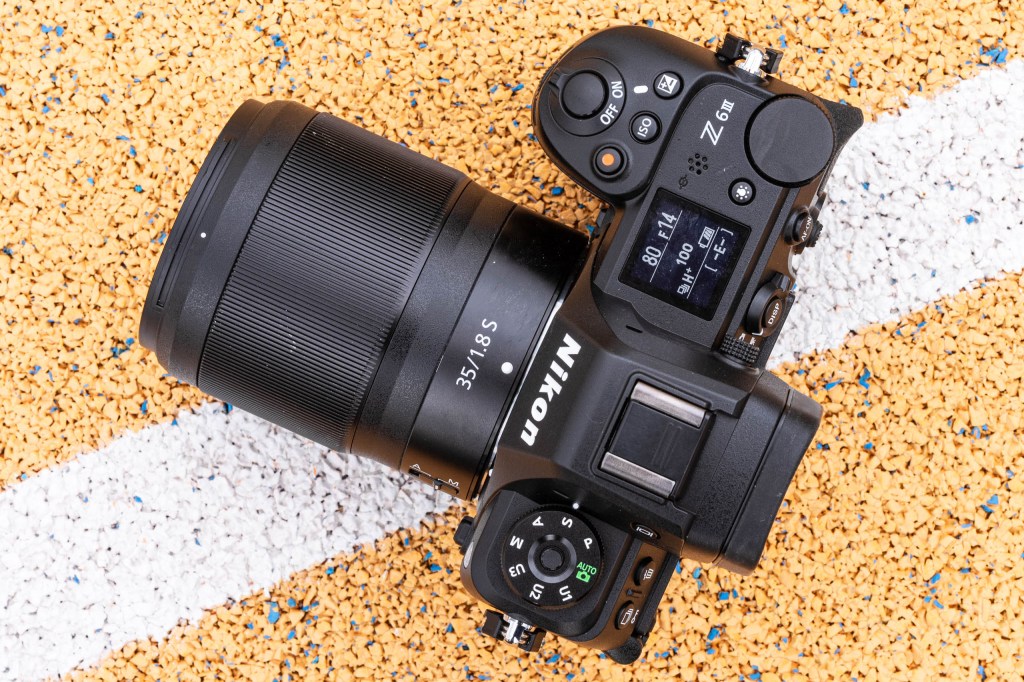
A large AF-ON button is well-placed for operation by your right thumb, while a joystick underneath moves the focus point. Autofocus area and subject settings are controlled using the lower of the two buttons on the front, with the other being used for white balance.
Further settings can be quickly accessed using the ‘I’ menu button on the back. Pretty much the entire interface can be operated using the touchscreen, which is quick and responsive.
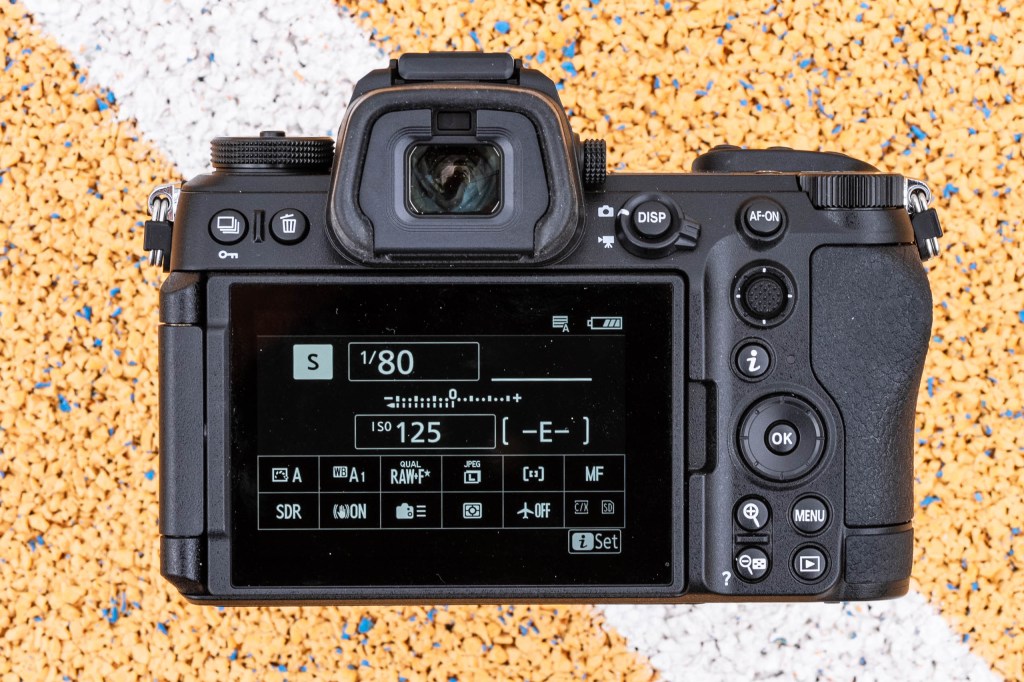
This control layout has been refined over many years, and in most respects, it works really well. If I’m being picky, though, there a few areas where Nikon lags behind other brands. Most notably, its main competitors now all have more dials on the body, allowing direct control of ISO and exposure compensation, which to me is faster and more intuitive than using a button.
You can get around this partially by enabling ‘Easy ISO’ or ‘Easy exposure compensation’, which lets you set the requisite function using whichever dial is otherwise inactive in the exposure mode you’re using. But it’s not really the same thing. You can also use the lens dial on some Nikon lenses to change exposure settings, but you don’t get these on cheaper lenses.
Also, on the Z6III clicking the joystick inwards engages magnified view, rather than re-centring the focus point, which is far more intuitive. Instead, this is done using the OK button in the centre of the d-pad. I swapped these two functions around using the Custom controls menu.
When you come to use the User modes (U1, U2, U3 on the dial), there’s no apparent option for getting the camera to remember any settings that you change while you’re shooting. So whenever you switch it off and back on again, it’ll revert to whatever settings you previously saved, which might be somewhat different to what you now need. This is more of a problem on mirrorless than it was with DSLRs, simply because you’re much more likely to be cycling the power to conserve battery.
Nikon Z6III: Viewfinder and screen
I’ve already discussed the Z6III’s new viewfinder, and in use it really is a revelation. The bright, high-resolution panel and large colour gamut translates to a fantastic view that’s without doubt the best in its class. It’s large and sharp with natural-looking colour, and clearly visible even on sunny summer days.
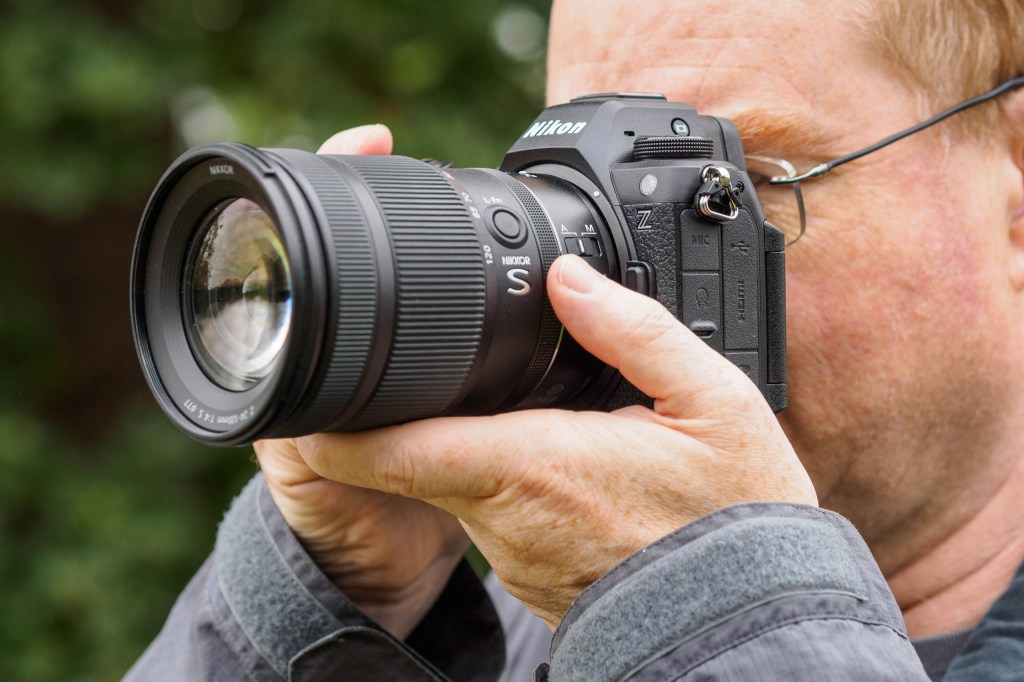
Nikon previews colour and exposure, along with depth-of-field at apertures down to f/5.6. However, if you want DOF preview at smaller apertures, you’ll need to assign it to a custom button (I used Fn1 on the front). It’s possible to show useful exposure aids including a live histogram, gridlines, and electronic levels. But enabling them can require some slightly obtuse menu wrangling.
On the back, the screen is now fully articulated, in place of its predecessor’s tilt-only unit. This provides much greater compositional flexibility, particularly for high and low angle shooting in portrait format. You also gain the ability to flip the screen forward for video recording or to fold it in against the back for protection. It’s a significant practical improvement over the Z6II’s up/down-only unit, but I suspect many Nikon users would have preferred a 3-way tilt design as used on the Z8 / Z9.
Nikon Z6III: Autofocus
When it comes to autofocus, quite simply the Z6III is transformed compared to its predecessor. Thanks to the new high-speed sensor and subject recognition system borrowed from the Z8 / Z9, it’s now at least a match for the other cameras in its class. Nikon also makes it especially easy to configure the AF settings via the Fn2 button on the front, which helps you get the most from the AF system.

Click on any sample image to see a full-resolution version
For shooting static subjects in AF-S mode, you get 273 manually selectable focus points covering almost the entire frame. There’s a choice of seven focus area options, ranging from pinpoint to auto-selection across the entire image area, and including two user-configurable wide-area modes. As expected for modern mirrorless model, autofocus is rapid and unerringly precise, regardless of where you place to focus point in the frame.
Subject detection isn’t available with the smallest AF areas, but it becomes active when you select larger zones. Here, the camera is capable of recognising people, animals, vehicles, or aircraft. If you know exactly what you’re going to be shooting, you can specify one of these manually. Alternatively, you can leave the camera to auto-select between the subject types.
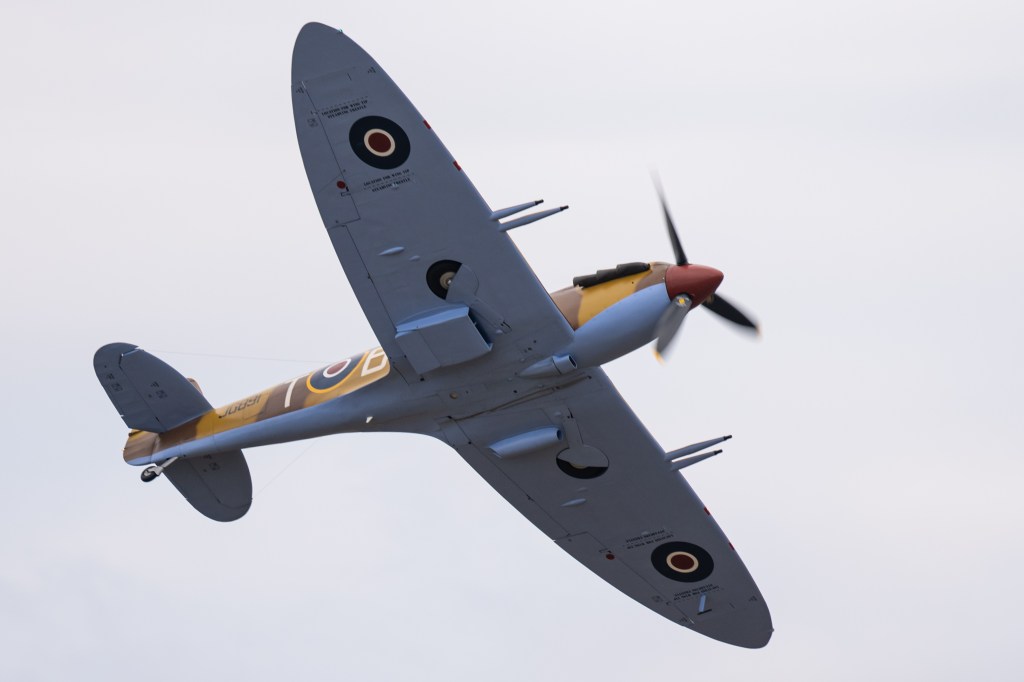
If the camera detects multiple possible subjects, you can easily switch between them using the joystick. This is a welcome touch you won’t find on all cameras.
Where subject detection really comes into its own is when shooting moving subjects in AF-C mode. I tested the autofocus using a variety of subjects – basketball players, birds in flight, and airplanes at an airshow – and found it delivered an extremely high hit-rate, even when shooting at high frame rates.

The Z6III perhaps doesn’t quite have the same near-magical ability to pick up a subject instantly as cameras with fully stacked sensors like the Z8 and Z9, but it’s not too far off. And once it’s found a subject, it’ll track focus on it reliably all around the frame.
Overall, this massively improved system really does place the Z6III right at the top of its class for autofocus, alongside the Canon EOS R6 Mark II. In comparison, the Sony A7 IV suffers due to its over-complicated setup and inability to switch between subject types automatically. Meanwhile the Lumix S5II can’t recognise as many different subjects.
Nikon Z6III: Performance
As we’d expect from a Nikon camera, the Z6III is a snappy, responsive performer. Once you’re familiar with how it works, and have tweaked the control setup to your liking, it’s a joy to use. It’s reasonably quiet, too, with the shutter firing with a soft low-pitched ‘clunk’. Use the electronic shutter, and it can be completely silent. The partially stacked sensor doesn’t eliminate rolling shutter distortion, but does keep it reasonably low, so you can use it with more confidence than before.

I had no complaints about battery life, either. As always, though, this is highly dependent upon how you use the camera. For example, you’ll get many more shots per charge if you often shoot high-speed bursts. In practice, the most I got from a single charge was about 1100 shots when shooting plenty of bursts, while 300-400 might be more realistic if you’re shooting occasional single frames.
The EN-EL15-type battery has been around a long time, too, so spares are easy to find. But one irritation is that the camera is very picky about power supplies for charging – I found it only works with USB-C PD, ruling out many chargers and powerbanks that would work fine with other brands.

Turning our attention to continuous shooting, the Z6III’s performance is more than good enough for almost any purpose. It’s important to understand, though, that its headline shooting speeds at full resolution (14fps with the mechanical shutter, and 20fps electronic) don’t come with live view between frames, which can hinder tracking moving subjects. To get this, you need to drop the rate to 8fps. But that’s still plenty for most situations.

The buffer is huge, though – with a UHS-II SD card, you can shoot over 100 frames before the camera starts to stutter. With faster XQD or CFexpress Type B media, this extends to more than 200 frames. In fact Nikon sets a 200-frame limit by default, which you can change or disable in the menus if you want to fill up your cards from a single burst.
As I’ve found with previous models, Nikon’s in-body image stabilisation (IBIS) works extremely well. For example, using the Nikkor Z 40mm f/2 and 24-120mm f/4 S lenses, I was able to get useably sharp hand-held images at shutter speeds as long as a second (and occasionally even longer, with a bit of luck and the ability to shoot multiple replicates). More generally, it just helps keep images consistently sharp and unaffected by camera shake when shooting hand-held.
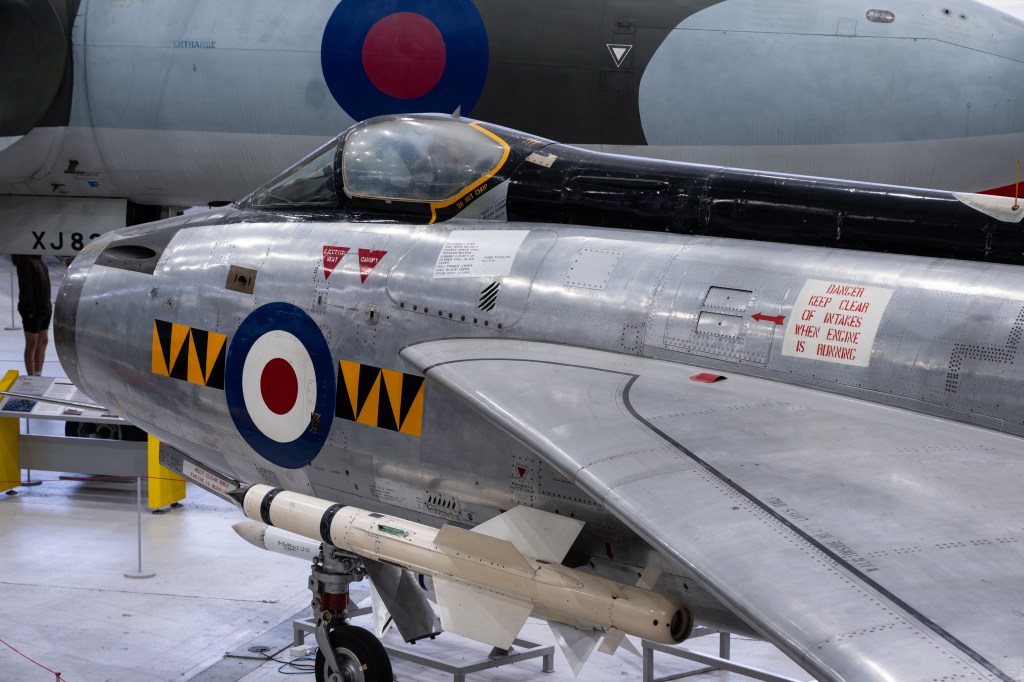
Nikon has also included the same high-resolution multi-shot mode as on the Zf. There are 4, 8, 16 and 32-shot options available, which promise various combinations of increased pixel-level colour accuracy, extra detail, and lower noise. However, the camera must be mounted on a tripod, and the composite image assembled on a computer after the event, which is a pain.
Even then, the composite images only work properly with subjects that remain static across the full sequence of frames, with anything that moves giving ugly artefacts instead. This rules out most real-world applications. This is the same old story as with all such modes, regardless of brand.

I’ve found Nikon’s matrix metering to be extremely well judged, with little reason ever to apply exposure compensation except for creative reasons. Enabling the Active D-Lighting setting additionally balances bright and dark areas very effectively in the camera’s JPEG processing, while also further protecting against highlight clipping by reducing the exposure when necessary. So it’s worth considering using, even if you primarily aim to be processing raw files.
As usual Nikon offers no fewer than four different auto white balance settings tailored for different approaches, such as whether you want to keep whites precisely neutral or retain the atmosphere of warm light. I mostly used the ‘Natural Light Auto’ setting which is tuned for outdoors shooting, and which I found gave very reliable results on the Z6III.
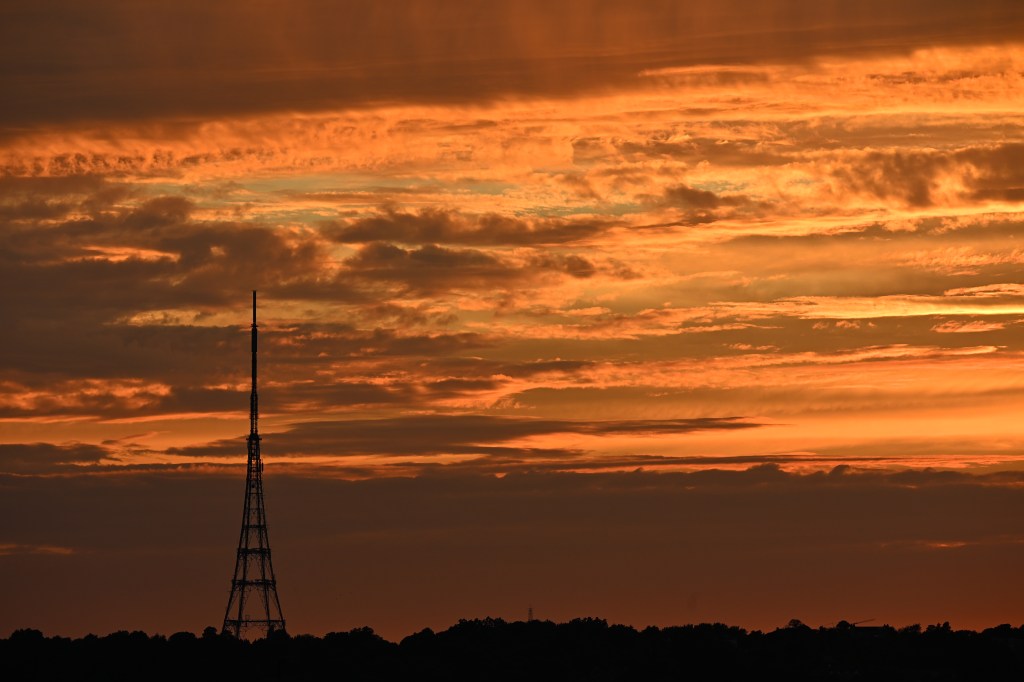
In terms of raw image quality, overall it’s much the same as with other 24MP full-frame cameras, including the Z6II and Zf. Both the Canon EOS R6 Mark II and Panasonic S5IIX also provide the same resolution, so if your needs are tailored more towards recording lots of detail and making large prints, the 33MP Sony A7 IV might perhaps be a better option. High-ISO performance is likewise much the same as the Zf, meaning it delivers usable results up ISO 25,600.
This brings us onto the vexed question of dynamic range. There’s been a lot of chatter about how the trade-off for the Z6III’s increased speed lies with measurably reduced dynamic range compared to the Z6II or Zf. I’ve confirmed this in my tests, but it’s important to place it in context.

While the difference is real and measurable, it’s just not very important in practice. It means that rather than being able to hike shadows by five stops in raw processing, you’re limited to somewhere closer to four. Given that even this is way more than you’ll normally need, it’s unlikely to have much impact on most people’s real-world use, except in a few extreme cases.
Nikon Z6III: ISO and noise
When it comes to high-ISO noise, the Z6III behaves very much like its 24MP full-frame siblings. At low settings, images are extremely clean and detailed, with no discernible noise. There’s barely any deterioration on boosting the sensitivity to ISO 1600, either. Above this, fine detail starts to blur away, but I’d still be happy shooting at ISO 6400 on a regular basis.

Beyond this the image quality degrades more quickly, and I’d consider ISO 25,600 the practical limit for most purposes. As always, high-ISO files can be dramatically improved by AI noise reduction, such as Adobe Denoise. Even so, he extended settings beyond ISO 64,000 really should be avoided.
Below are 100% crops from our standard studio scene, shot in raw and processed in Adobe Camera Raw using default settings. Click on any to see the full-size image.
Nikon Z6III: Our Verdict
After testing the Nikon Z6III for a couple of weeks, my over-riding impression is that it’s an extremely accomplished all-rounder that’s capable of tackling almost anything you might ask of it. Regardless of what you’re shooting – sports, portraits, wildlife, or landscapes – it’ll deliver great results. The new partially stacked sensor brings serious benefits, especially with regards to autofocus, making it a huge step forward from the Z6II and Zf. In fact, it inherits many of the capabilities of the pro-spec Z8, but at a considerably lower price.
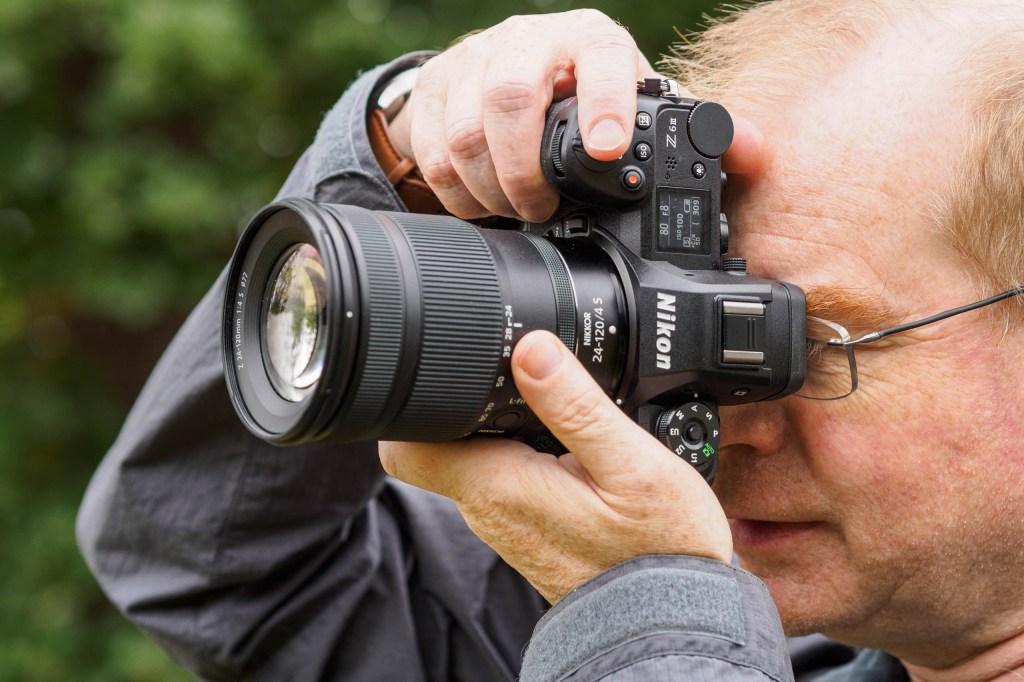
Existing Nikon users will find the design very familiar, which should make the transition from older models pretty seamless. It’s possible to pick holes in the handling here and there, but overall, the camera works very well. Special praise must go to the new viewfinder, which is one of the best I’ve had the pleasure of using.
In terms of image quality, not much has changed compared to previous 24MP full-frame models. So if this is your primary concern, there may be little reason to upgrade. There is a small dynamic range penalty associated with the camera’s increased speed, but while this may be measurable, it’ll hardly ever impact on real-world images.
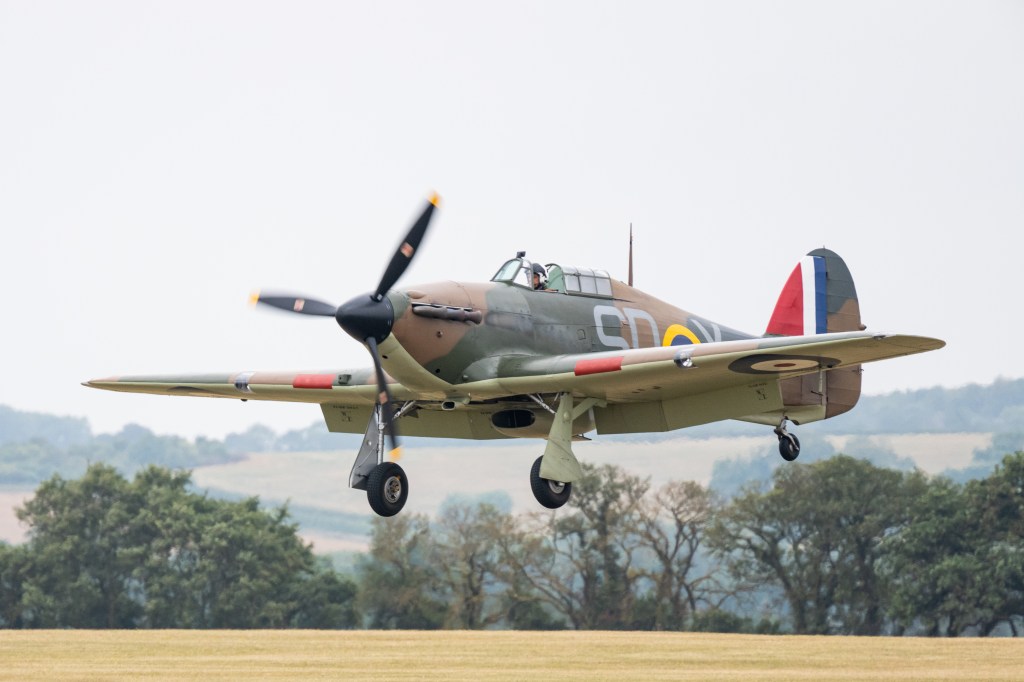
Overall, the Z6III’s impressive capabilities and lack of any serious vices make it at least a match for any other camera in its class, and a great choice for serious enthusiast photographers. It may be pricey compared to its predecessor, but you’d have to spend a lot more money to get something better.
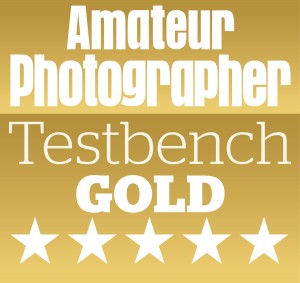
Follow AP on Facebook, X, Instagram, YouTube and TikTok.
Nikon Z6 III: Full Specifications
| Sensor | 24.5MP partially stacked CMOS, 35.9 x 23.9 mm |
| Output size | 6048 x 4024 |
| Focal length mag | 1x |
| Lens mount | Nikon Z |
| Shutter speeds | 15min – 1/8000sec (mechanical), up to 1/16000sec (electronic) |
| Sensitivity | ISO 100-64000, ISO 50-204800 extended |
| Exposure modes | PASM, Auto, U1-U3 |
| Metering | Matrix, Centre, Spot, Highlight |
| Exp comp | +/-5EV in 0.3 EV steps |
| Cont shooting | 20fps electronic, 14fps mechanical |
| Screen | 3.2in, 2.1m-dot fully articulated touchscreen LCD |
| Viewfinder | 5.76m-dot, 0.8x OLED EVF |
| AF points | 273 |
| Video | 6K 60p, 4K 120p, Full HD 240p |
| External mic | 3.5mm stereo/line |
| Memory card | 1x CFexpress Type B/XQD, 1x UHS II SD |
| Power | EN-EL15c Li-ion |
| Battery Life | 380 |
| Dimensions | 138.5 x 101.5 x 74mm |
| Weight | 760g |

